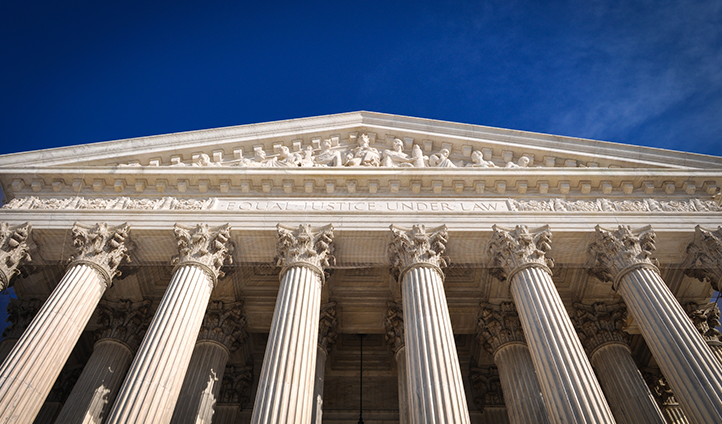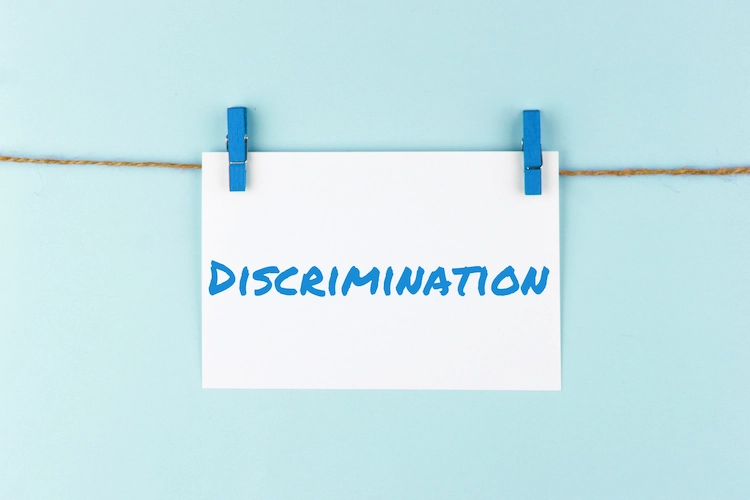SCOTUS Affirms Auer Deference in Kisor v Wilkie

In Kisor v. Wilke, 588 U. S. ____ (2019), the U.S. Supreme Court narrowly affirmed the doctrine of Auer deference. However, the Court made it clear that the doctrine’s application has its limits.
Doctrine of Auer Deference
InAuer v Robbins, 519 U.S. 452 (1997), the U.S. Supreme Court establishedthe standard that courts should apply when reviewing an executive agency’s interpretation of the regulations it established under federal legislation. In a unanimous decision, the Court held that courts must defer to an agency’s “reasonable interpretation” of its own ambiguous regulations.
Before the doctrine was called Auer deference, it was called Seminole Rock deference in reference to Seminole Rock& Sand Co., 325 U.S. 410 (1945). In that case, the Court declared that when “the meaning of [a regulation] is in doubt,” the agency’s interpretation “becomes of controlling weight unless it is plainly erroneous or inconsistent with the regulation.”
The rationale behind the doctrine is that Congress would generally want the agency who drafted the regulation to play the primary role in resolving its ambiguities. As the Court explained in Martin v. Occupational Safety and Health Review Comm’n, 499 U. S. 144 (1991), the Court has adopted the presumption that “the power authoritatively to interpret its own regulations is a component of the agency’s delegated law-making powers.”
Facts of Kisor v Wilkie
Petitioner James Kisor, a Vietnam War veteran, first sought disability benefits from the Department of Veterans Affairs (VA) in 1982, alleging that he had developed post-traumatic stress disorder from his military service. The agency denied his initial request, but in 2006, Kisor moved to reopen his claim. The VA this time agreed he was eligible for benefits, but it granted those benefits only from the date of his motion to reopen, not (as Kisor had requested) from the date of his first application.
The Board of Veterans’ Appeals—a part of the VA—affirmed that retroactivity decision, based on its interpretation of an agency rule governing such claims. The Court of Appeals for Veterans Claims affirmed. The Federal Circuit also affirmed, but it did so by applying Auer deference. The Court of Appeals concluded that the VA regulation at issue was ambiguous, and it, therefore, deferred to the Board’s interpretation of the rule. In his appeal, Kisor asked the Supreme Court to overrule Auer, as well as its predecessor Seminole Rock, discarding the deference those decisions give to agencies.
Majority Decision in Kisor v Wilkie
The Court held that Auer and Seminole Rock are not overruled. “None of his arguments provide good reason to doubt Auer deference,” Justice Elena Kagan wrote. “And even if that were not so, Kisor does not offer the kind of special justification needed to overrule Auer, and Seminole Rock, and all our many other decisions deferring to reasonable agency constructions of ambiguous rules.”
While the Court upheld the Auer doctrine, it took great pains to emphasize its limits. Justice Kagan wrote:
[W]e agree with Kisor that administrative law doctrines must take account of the far-reaching influence of agencies and the opportunities such power carries for abuse. That is one reason we have taken care today to reinforce the limits of Auer deference, and to emphasize the critical role courts retain in interpreting rules. But it is no answer to the growth of agencies for courts to take over their expertise-based, policymaking functions.
First, the Court highlighted that the possibility of deference can arise only if a regulation is genuinely ambiguous. “If uncertainty does not exist, there is no plausible reason for deference. The regulation then just means what it means—and the court must give it effect, as the court would any law,” Justice Kagan wrote. “Otherwise said, the core theory of Auer deference is that sometimes the law runs out, and policy-laden choice is what is left over. But if the law gives an answer—if there is only one reasonable construction of a regulation—then a court has no business deferring to any other reading, no matter how much the agency insists it would make more sense.”
Next, the Court emphasized that not every reasonable agency reading of a genuinely ambiguous rule should receive Auer deference. Rather, in applying Auer, a court must make an independent inquiry into whether the character and context of the agency interpretation entitles it to controlling weight.
“To begin with, the regulatory interpretation must be one actually made by the agency. In other words, it must be the agency’s ‘authoritative’ or ‘official position,’ rather than any more ad hoc statement not reflecting the agency’s views,” Justice Kagan explained. She added that the agency’s interpretation must in some way implicate its substantive expertise, noting that “[w]hen the agency has no comparative expertise in resolving a regulatory ambiguity, Congress presumably would not grant it that authority.”
Finally, an agency’s reading of a rule must reflect “fair and considered judgment” to receive Auer deference. As Justice Kagan explained, this means that a court should decline to defer to a merely “convenient litigating position” or “post hoc rationalizatio[n] advanced” to “defend past agency action against attack.”
With regard to Kisor’s claim for benefits, the Court remanded the case. Applying the principles articulated in its decision, the Court concluded that the Federal Circuit jumped the gun in declaring the regulation ambiguous and also assumed too fast that Auer deference should apply in the event of genuine ambiguity.
Writing separately, Chief Justice John Roberts noted that in the wake ofKisor, “the cases in whichAuerdeference is warranted largely overlap with the cases in which it would be unreasonable for a court not to be persuaded by an agency’s interpretation of its own regulation.”
Previous Articles
Supreme Court Rejects Mexico’s Suit Against U.S. Gun Manufacturers
by DONALD SCARINCI on July 8, 2025
In Smith & Wesson Brands v. Estados Unidos Mexicanos, 605 U.S. ____ (2025), the U.S. Supreme Co...
SCOTUS Sides With Employee in Reverse Discrimination Case
by DONALD SCARINCI on July 2, 2025
In Ames v. Ohio Department of Youth Services, 605 U.S. ____ (2025), the U.S. Supreme Court held tha...
Supreme Court Rejects Moment of Threat Doctrine in Deadly Force Case
by DONALD SCARINCI on June 30, 2025
In Barnes v. Felix, 605 U.S. ____ (2025), the U.S. Supreme Court rejected the Fifth Circuit Court o...
The Amendments
-
Amendment1
- Establishment ClauseFree Exercise Clause
- Freedom of Speech
- Freedoms of Press
- Freedom of Assembly, and Petitition
-
Amendment2
- The Right to Bear Arms
-
Amendment4
- Unreasonable Searches and Seizures
-
Amendment5
- Due Process
- Eminent Domain
- Rights of Criminal Defendants
Preamble to the Bill of Rights
Congress of the United States begun and held at the City of New-York, on Wednesday the fourth of March, one thousand seven hundred and eighty nine.
THE Conventions of a number of the States, having at the time of their adopting the Constitution, expressed a desire, in order to prevent misconstruction or abuse of its powers, that further declaratory and restrictive clauses should be added: And as extending the ground of public confidence in the Government, will best ensure the beneficent ends of its institution.





